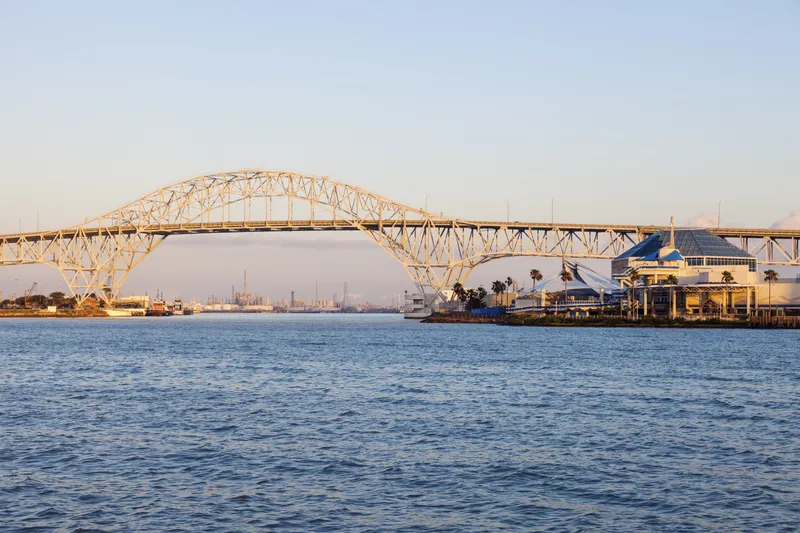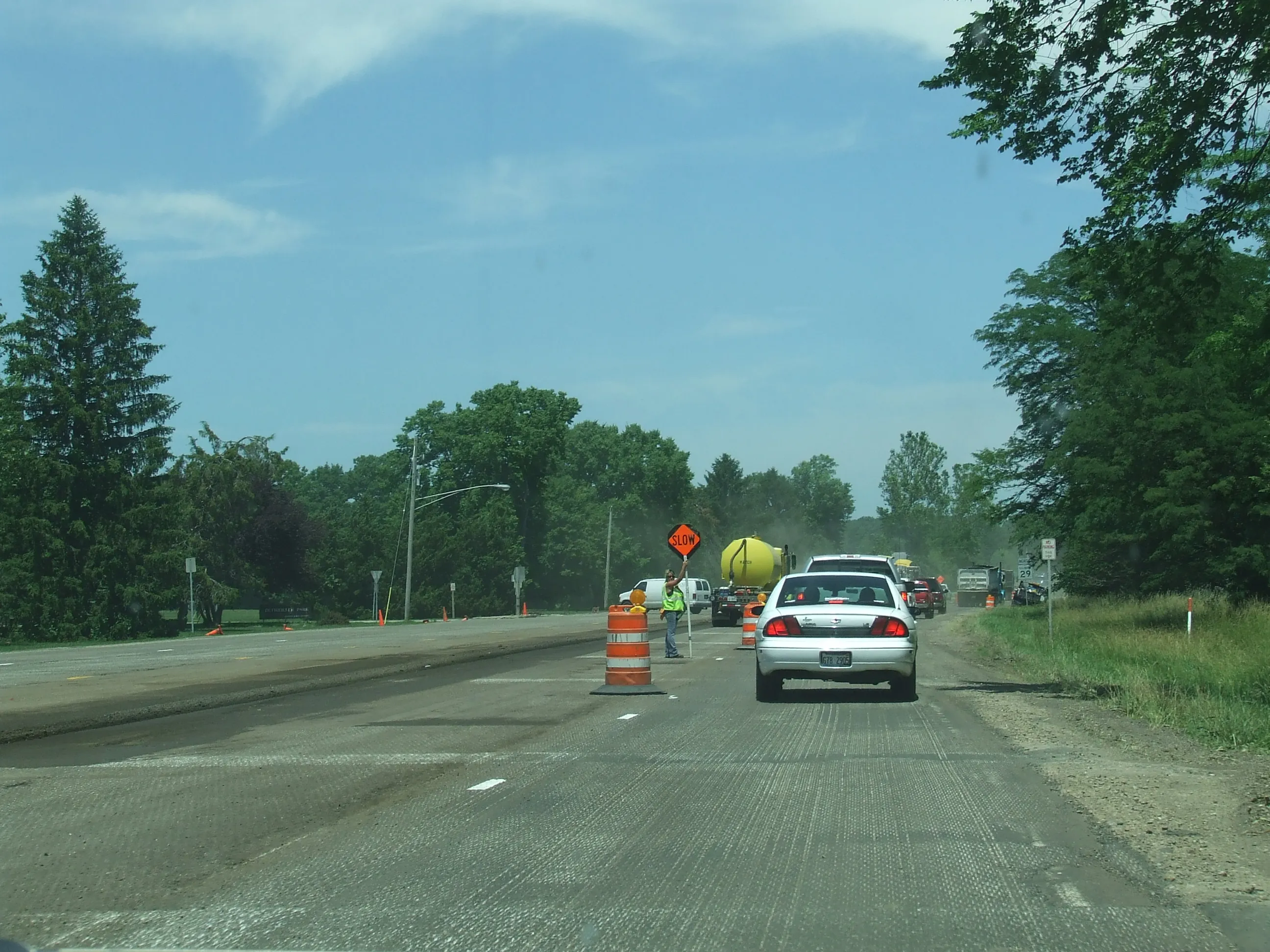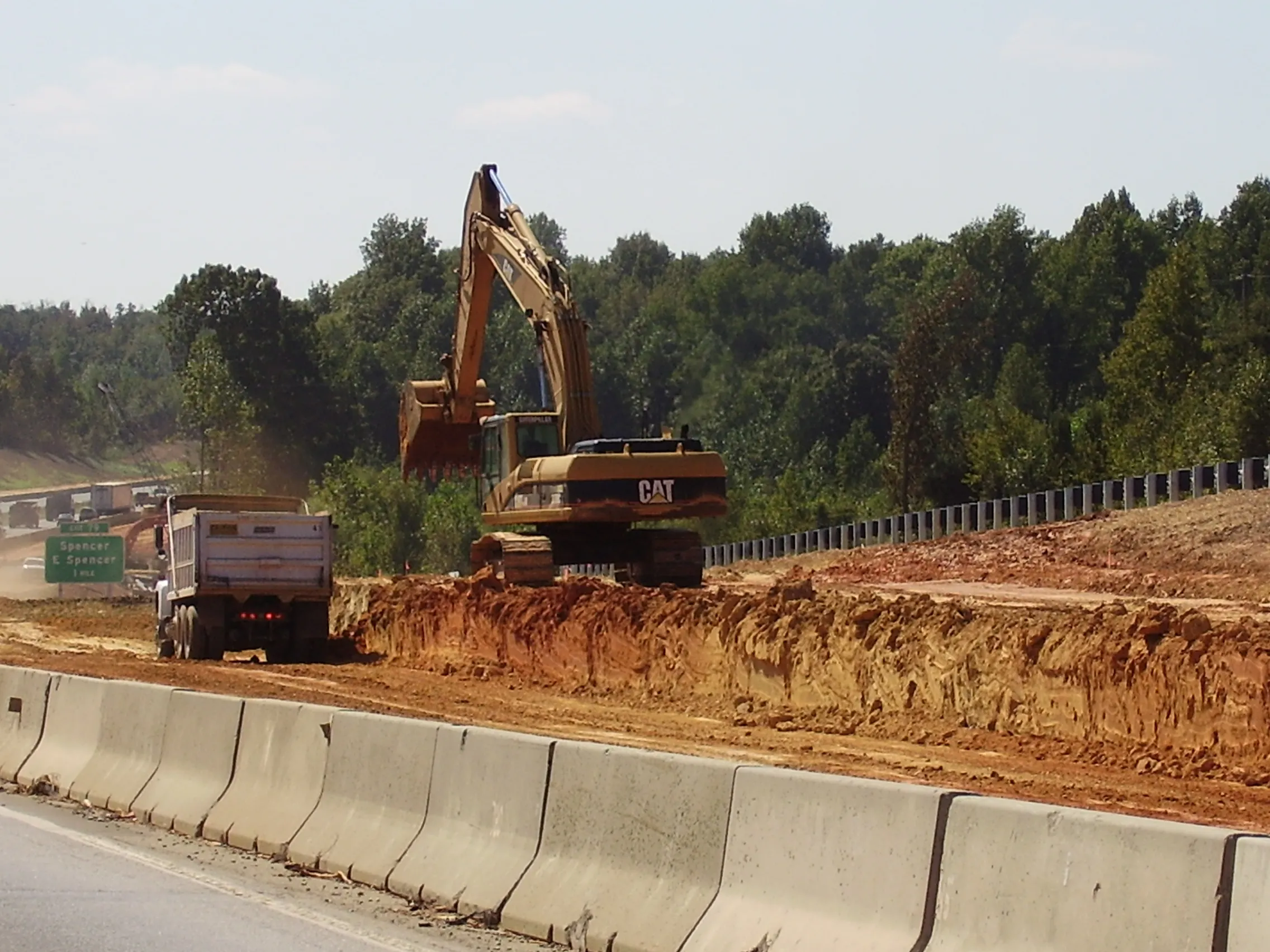ARTBA reports that 220,000 US bridges need repair.
By MJ Woof
March 26, 2021
Read time: 2 mins

More than 220,000 bridges in the US need to be repaired or replaced, according to a new report by the American Road Transportation and Builders Association (ARTBA). That figure represents 36% of all US bridges.
The latest analysis of Federal Data by ARTBA reveals that 45,000 bridges remain structurally deficient and in poor condition. The report was based on information from the recently released US Department of Transportation’s 2020 National Bridge Inventory (NBI) database.
If placed end-to-end, the length of the US bridges in poor condition would stretch over 10,000km. And two of the most notable bridges to be added to the list are the US Highway 101 span over Los Angeles River and the Corpus Christi Harbor Bridge.
ARTBA’s report shows that while the number of structurally deficient bridges declined 2.5% last year to 45,000, the number of bridges falling into fair condition grew more than 3,600 to almost 295,000 (48% of all US bridges).
At the current pace or repair and replacement, it would take 40 years to repair the current backlog of structurally deficient bridges. Meanwhile, West Virginia has the highest percentage of bridges in poor condition.
The association’s report comes as the new Administration and Congress continue deliberations on a long-term transportation infrastructure investment package.
“The current 40-year timeline to repair bridges in poor condition is an unacceptable outcome for the American motoring public,” said ARTBA Chief economist Dr Alison Premo Black, who led the team conducting the analysis. “The bridge conditions report highlights key national infrastructure challenges and underscores the need for congressional action this year on a robust multi-year transportation investment bill.”
Of the 45,000 structurally deficient bridges, nearly 11,200 are in “serious” or worse condition. This includes 1,668 that are in “critical” condition, 440 that are in “imminent” failure, and 970 that are in “failed” condition and are out of service. The states with the most serious or worse bridge conditions are Iowa (1,762 bridges), Oklahoma (922), Illinois (764), Pennsylvania (728), Missouri (700), and Louisiana (638).
American drivers cross these structurally deficient structures more than 171 million times daily. The estimated cost to repair them is US$41.8 billion, based on average cost data published by the US DOT.
Of the 220,000 bridges needing repair, state and local government say that 79,500 bridges should be replaced totally, according to Black. Nearly one-third of Interstate highway bridges (17,643 spans) have identified repair needs.







